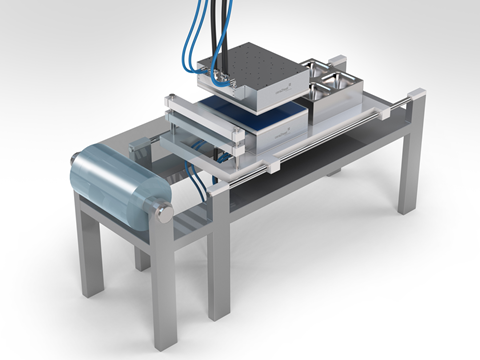
German startup Watttron has revealed its new thermoforming process, ‘cera2heat’, said to be capable of consistently producing uniform, thin-walled packaging shapes and reducing material use by up to 50% compared to traditional processes.
Apparently, the process has precise temperature control of individual ‘heat pixels’ and can handle mono-materials and eliminate common packaging defects including faulty shapes. The patented cera2heat technology was presented to media, customers and investors at the watttron plant in Freital last week in co-operation with GEA, who integrated cera2heat into their machines for live demonstrations.
Cera2heat is designed to optimize the packaging of food and beverages such as yoghurt and coffee capsules, as well as meat and sausages. The company says traditional thermoforming has a single temperature setting and heats the material uniformly rather than targeting known problem zones, such as the bottom corners of the cavity, which are often affected by thinning. To give the container the necessary stability, manufacturers may use thicker base material.
Watttron’s cera2heat system can reportedly generate ‘defined heterogeneous heating fields’ for problem areas, using a large number of individually controllable small heating pixels. This allows the polymer film to be heated in a targeted manner and the flow behaviour of the material to be adapted to the desired packaging shape. Watttron says this ensures a uniform wall thickness and stable packaging but with a much thinner plastic film, significantly reducing the amount of material used.
Watttron’s heating system consists of multiple square 5-millimeter heat pixels. The temperature of each pixel can be individually programmed and controlled for varying heat requirements up to 200 degrees Celsius across the entire packaging shape. The pixels are arranged in 40x40 millimeter modules in any order and combination, which is said to allow for an unlimited heating area.
According to Watttron, the heater can remain switched off during cycle breaks, resulting in an energy saving of up to 30%, as the heterogeneous heating of the surface makes targeted use of the energy. The cera2heat system can also be retrofitted or integrated into production lines.
“The reduction in material leads to cost savings. While this depends on each individual case, we can say that on average it’s in the region of five to six figure Euros annually,” adds Dr. Sascha Bach, chief technology officer at Watttron.
At the start of this year, Watttron announced its partnership with Volpak to integrate intelligent digital sealing technology into horizontal pouching machinery, aiming towards efficient and sustainable flexible packaging processes. The two companies hope to create an advanced digital sealing solution that can be easily retrofitted onto existing machinery.
A few months later, Watttron secured €12 million in SERIES B funding to develop the technological capabilities of its packaging solutions and expand into the American and Asian markets. The funding round was led by the Circular Innovation Fund (CIF), a global venture capital fund focused on circular innovation and jointly managed by European-based Demeter and North American-based Cycle Capital - and the European Circular Bioeconomy Fund (ECBF).
If you liked this story, you might also enjoy:
The ultimate guide to the Packaging and Packaging Waste Regulation in 2024
How are the top brands progressing on packaging sustainability?
Sustainable Innovation Report 2024: Current trends and future priorities
Everything you need to know about global plastic sustainability regulation

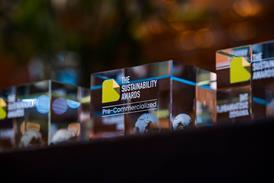
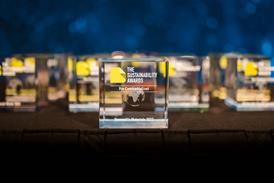
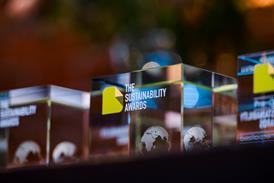
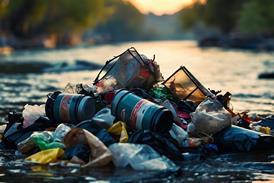

















No comments yet